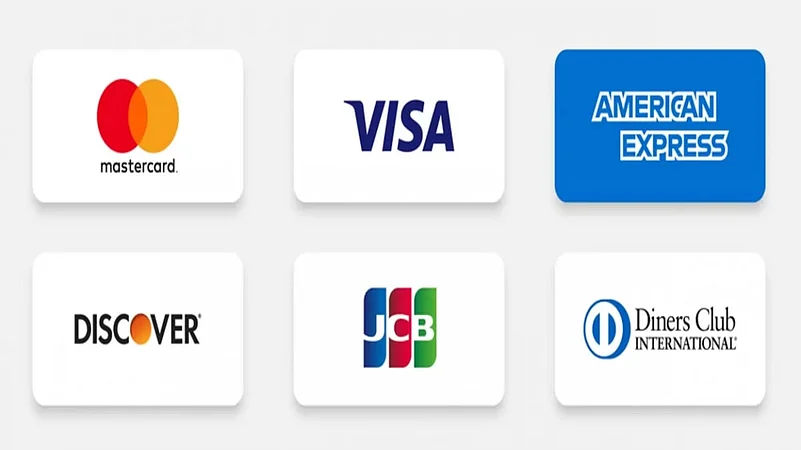Recently a user posted on social media about him facing an issue with regard to his credit card billing. More specifically, it was regarding an online purchase he had made on his credit card on an equated monthly instalment (EMI) mode.
The reader said that he bought two items on credit card EMI from an online shopping portal in October 2022. The purchase was made two days before the end of his billing cycle. The full amount was deducted from his credit card, but in his November 2022 statement, he saw that the amount charged in the last statement (October 2022) was reversed, and the transaction was turned into an EMI. He said it was quite puzzling as to how these entries were accounted for in his statement.
Here’s How The Credit Card Billing Cycle Works
If you see the terms and conditions of a credit card issuing document, then you will realise that the billing cycle is typically monthly for most credit cards in India. So, whatever transaction one makes within this billing cycle date gets captured by the credit card issuing bank or others, and is then recorded as an input in the credit card statement before it is sent to the cardholder.
This billing date is also known as the statement date or the closing date.
Sajish Pillai, managing director, and head – assets and strategic alliances, DBS Bank India, says that the credit card statement is rather comprehensive and includes all purchases, refunds, payments and other debits or credits made to the credit card account within the respective billing cycle.
Any new transaction made after the statement date will be included in the next month’s statement.
Another aspect of a credit card billing is the payment due date cycle. What essentially happens is that a credit card is an unsecured or secured loan, and the credit card issuing company allows some days or weeks as an interest-free period for paying this loan. This is called the payment due date, i.e., the date by which the payment for a particular credit card statement is due.
Aditya Soni, founder & CEO, CheQ, a Bengaluru-based credit management platform, says that the billing cycle starts on the day of card activation, while the interest-free period begins from the day when the credit card bill is generated, and this lasts for about 45-55 days at most, depending on the issuing bank/entity.
“If you don’t pay the bill during this period, you will have to pay 30-45 per cent annualised interest on the billed amount,” Soni further says.
In India, banks generally give 20-55 days of interest-free period for settling a credit card bill after the statement due date.
Pillai adds: “To avail of this benefit, customers should repay the full amount of their total outstanding due on or before the payment due date. Making part payments or any delays in making the payment can lead to these transactions attracting interest and late payment charges.”
For instance: Suppose one has a credit card with a monthly billing cycle from 4th to 3rd, then the payment due date will be 20 to 55 days after the 3rd.
Also, if one already has any outstanding balance from the previous statement cycle, then there is no interest-free payment cycle applicable. Hence, any new transactions on the credit card becomes eligible for the interest-free period only, if the outstanding balance from the previous bill is completely settled.
The Reserve Bank of India (RBI) recently amended certain aspects about credit cards, including the minimum amount due so that negative amortisation does not occur.
"A credit card billing cycle is the period for which the credit card bill is generated and the credit card billing date is the date on which the statement is generated. Billing cycles vary based on the type of credit card & the credit card provider. For instance, if the billing date for a credit card is the 5th of every month, the billing cycle would be from the 6th of the previous month to the 4th of the current month. Now, the payment due date is the date on or before which one must clear all their outstanding dues in order to avoid any penalties. The interest-free period or statement period, starts on the first day of the billing cycle and ends on the payment due date," says S Anand, CEO and co-founder, PaySprint, a FinTech company.
What Happened With This Credit Card User?
The credit card reader made an EMI purchase with about 2 days left for the current credit card statement cycle to end. So, although he got charged the full amount in the October statement, it was refunded in November, and his EMI was activated.
Says Pillai: “If an individual has purchased an item on the last day of the billing cycle and converts that transaction to an EMI before the statement is generated, the first instalment of the EMI would be due in their upcoming statement.”
Says S Anand: Only those purchases that are made after the last day of the billing cycle count in the following month’s statement. When one makes a purchase through EMI, the credit card provider blocks the full amount of the purchase from their total credit limit. However, there are a couple of possible scenarios that could play out from here.
"The first scenario could be that the EMI request is processed in real-time and the statement generated the next day reflects only the decided upon instalment amount, ensuring that the sum to be paid by this due date is the instalment amount alone. The second scenario could be that there is a delay in the processing of the EMI request and the statement generated reflects the full amount," S Anand further added.
Key Takeaways From Credit Card Billing Aspects
The time period between the billing cycle end and the payment due date is the interest-free period, within which if the bill is settled, the card issuing company will not charge any interest.
In a credit card EMI transaction, if someone purchases something on EMI close to the last date of the billing cycle or on the last date, then the EMI might be charged in the next statement, but the transaction will be recorded in the present cycle.
Missing the credit card bill payment could be damaging to one’s credit score, and so, one should keep a track of it. It’s because if there was any outstanding balance from the last statement, then this interest-free period would become void.
According to S Anand of PaySprint, if one assumes that say a credit card’s statement is generated on the September 5 then the statement period is from September 5 to October 4 and the payment due date is on October 21. This implies that the last day for interest-free payment for transactions between September 5 and October 4 is the October 21. Consequently, a transaction made on the September 5 will have an interest-free period of 45 days whereas a transaction made on the October 1 will have an interest-free period of 19 days.













